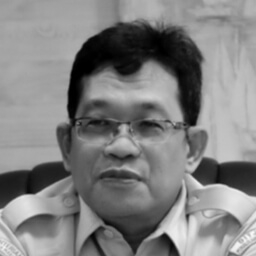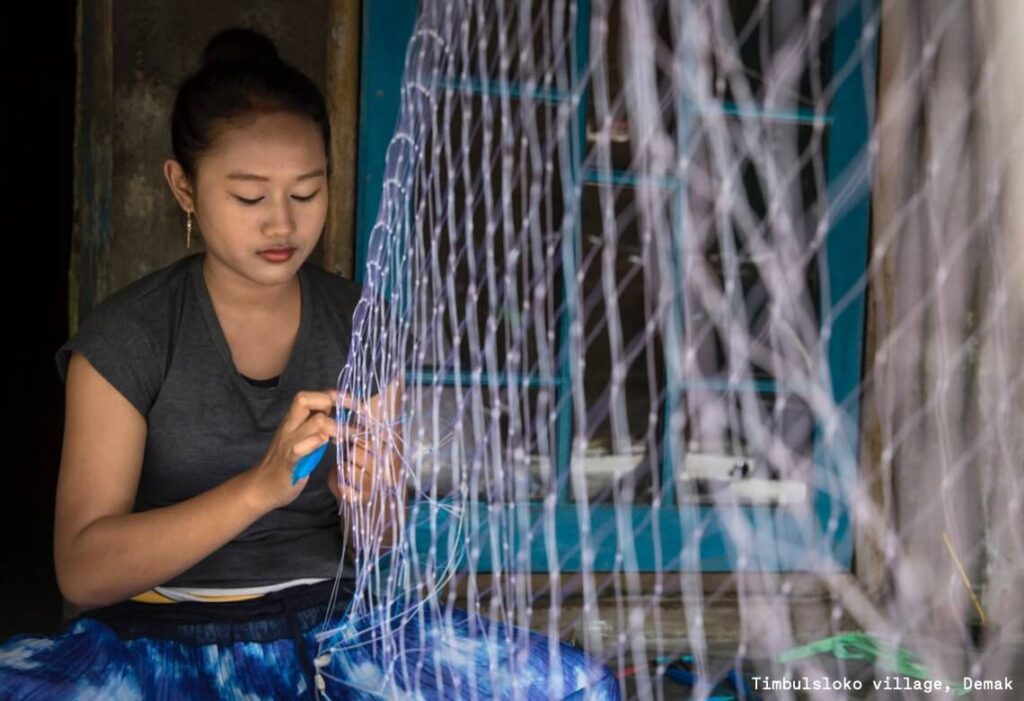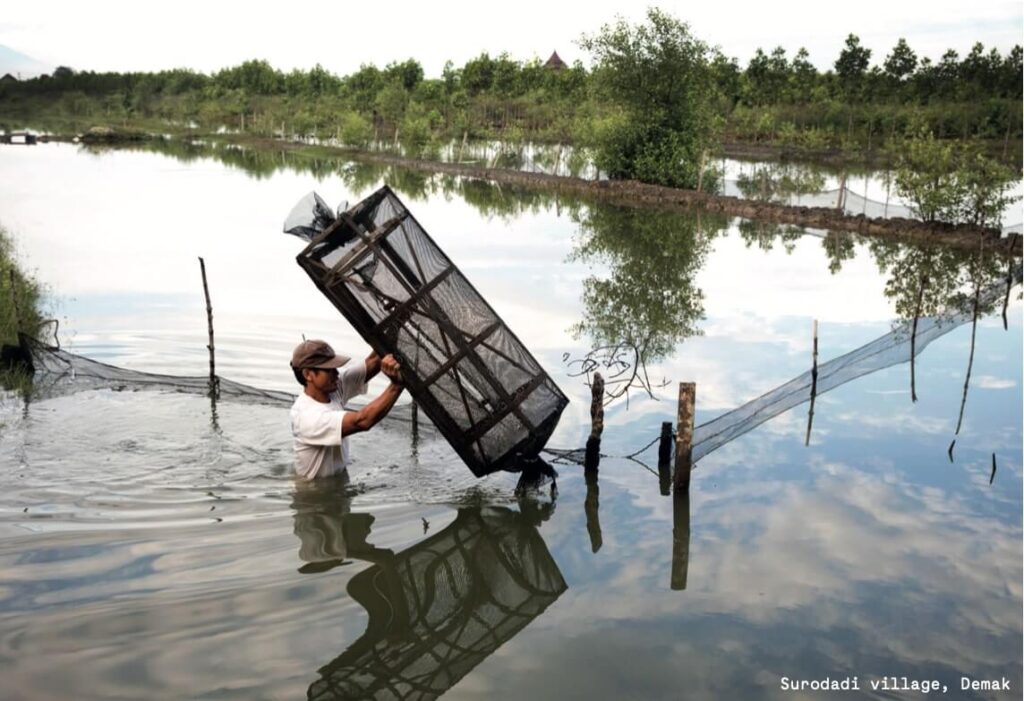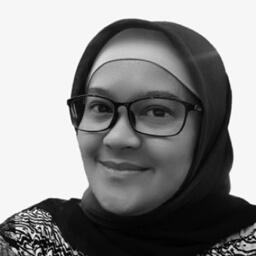
The Ministry of Marine Affairs and Fisheries has played an active role in supporting Building with Nature in Demak. What were the motivations to support this project?
Muhammad Yusuf: There are large geographical differences across Indonesia. The mangrove ecosystem in eastern Indonesia, Papua Island, for example, is very healthy. Fishing in this area is very profitable. In western Indonesia, the mangrove system is degraded, mainly due to population growth. Mangrove systems have been replaced by aquaculture and industrial development. We have exploited the fish and shrimp, so we have to recover them in western Indonesia. The first step is to restore mangroves. This often happens through planting, but that has its limitations. For example, some coastal areas are too rocky, or there is not enough sediment available, or there is too much wave energy. By trapping the sediment with permeable structures—or hybrid engineering, as we call it—the mangroves can regenerate while water flows slowly through. As the mangroves grow, they take over the structures.
So you started in Demak?
Muhammad Yusuf: Yes. The Ministry of Marine Affairs and Fisheries and the Building with Nature consortium started working together with the local government and community, supported by funding resources from Europe.
Fegi Nurhabni: In 2012, Han Winterwerp (Deltares; Delft University of Technology), Femke Tonneijck (Wetlands International), and others came to Indonesia and presented the concept to the previous director. At that time, we thought it could be applied in Indonesia because the structure would be cheaper than the conventional hard structure. It used local and natural materials, and the project also required the involvement of community members. It had several strong points that could improve the welfare of our coastal community stakeholders, and especially the fishermen.

Can you describe the importance of coastal management measures in relation to the economic system?
Muhammad Yusuf: Both the environmental and economic components are important. The coasts of Indonesia are densely populated, so we have to find opportunities to help the residents understand the value of natural coastal systems. The perception seems to be that mangrove belts are not vital to economic development, so they are often converted to fishponds. We must recognize that the mangroves are far more important for the next generation than fishponds.
Fegi Nurhabni: The concept that we applied in Demak is about not only restoring mangroves but also developing sources of income for the community through sustainable aquaculture, wild catch, tourism, or other means. It is the utilization of the mangrove ecosystem here. The benefit is not only to the environment but also to the local economy.
What lessons did you learn in Demak, and do you plan to apply them elsewhere in Indonesia?
Muhammad Yusuf: Based on the successes in Demak, the ministry has applied hybrid engineering at various locations in Indonesia. But in most cases, we worked alone, without the local government, and without an NGO. We faced many problems, especially related to the social component, given our limitations as a government organization. We were successful in Demak, but we cannot blindly apply what we learned there to another area. Each community has different attitudes and behaviors.
Fegi Nurhabni: A good process must be in place to make the right decisions based on the needs of local communities. We have to find some point where the balance between the environment and economic value can be achieved: a win-win solution. That is what happened in Demak: we restored the ecosystem, but we also made the fishponds much more productive.

“We must recognize that the
mangroves are far more important for
the next generation than fishponds.”
Muhammad Yusuf
You mentioned that you are limited in the way you want to apply these measures. What are these specific limitations?
Muhammad Yusuf: The central and local governments have different policies and priorities. We need to develop one aim, one project objective. We need to align local government with the policies of the central government, which is a major challenge today.
Fegi Nurhabni: We cannot typically engage in social governance work. In the past five years, the budget prioritized infrastructure. Our role was to build hybrid engineering structures without applying the other methods, such as the fisheries approach. That is why we are open to cooperating with other parties, as in the Building with Nature project.
Muhammad Yusuf: The synergy across levels of government is very important. We must sit down with the local government, the villages, the NGOs, and the national government to develop a National Plan of Action. This needs to include a schedule and responsibilities at all levels of government. It requires agreement from all parties. It is crucial that we focus on the structure alongside the social, economic, and local government contributions to this program.
Fegi Nurhabni: We hope to collaborate more in the future so that we can solve the problems of our coastal area with a range of approaches. Hybrid engineering is not the only solution, although we still need to identify where it is most applicable.
What does the future hold for Building with Nature in Indonesia?
Muhammad Yusuf: We must collaborate. Through the work of partnerships, Building with Nature can be an opportunity for the Indonesian government to advance in these areas.

